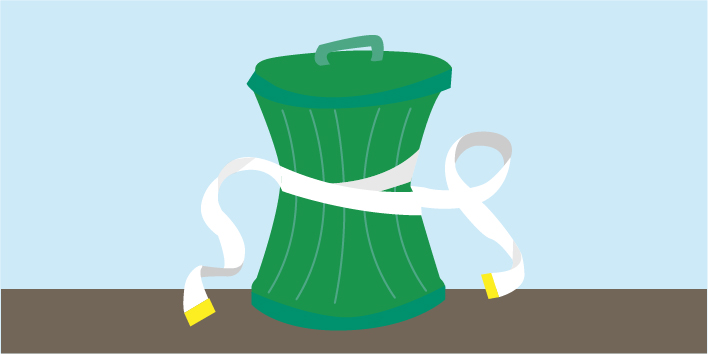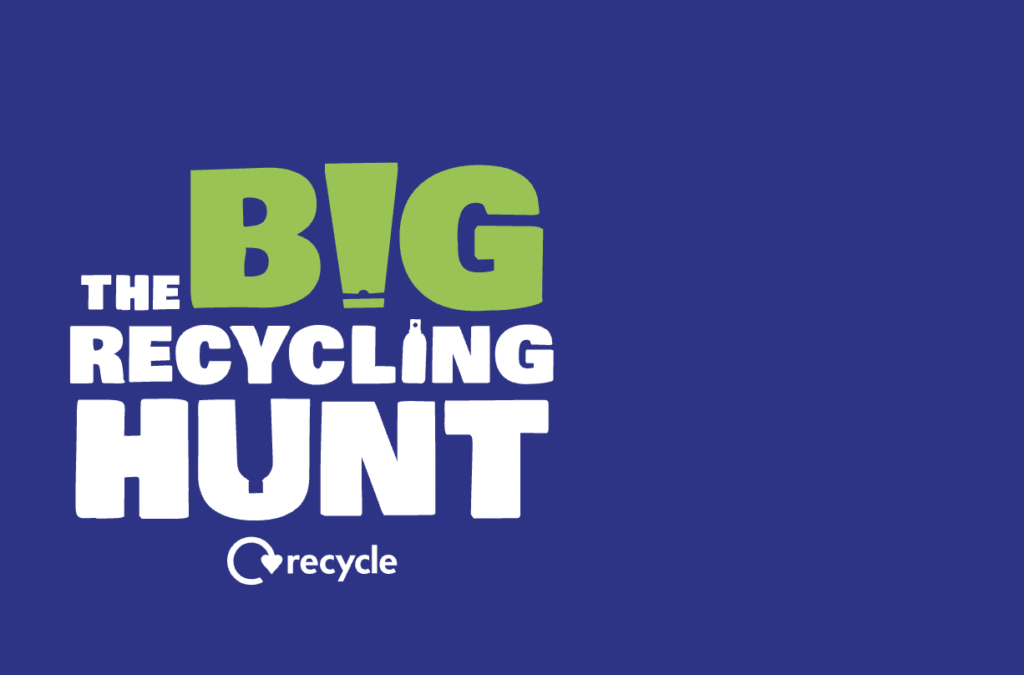Reducing Waste
Introducing the Issue
Squandering resources is unsustainable and increasingly unjustifiable. As populations grow, so does resource use and the collection, transportation and disposal of waste. Waste commonly poses significant harmful impacts to both the environment and to people. Waste can and should be designed out of all business processes.
Is your company committed to Reducing Waste?
Is your company invested in waste reduction? Have you developed policies or practices? Have you simply taken a position? Perhaps this isn’t an issue that you need to worry about right now? We’ve developed benchmarks that attempt to define Poor, Okay, Good and Excellent company performance standards on reducing waste.
You are invited to assess your business against these benchmarks, for free and without obligation.
Reducing Waste
Follow this link to:
1 – choose your score
2 – add a few lines by way of explanation to describe your policies and practices
3 – enter your email address so that we can get back to you
4 – submit
Nothing you submit will be published or shared.
Exploring the Issue
The collection, transportation and disposal of rubbish, sewage and other waste materials become increasingly important as populations grow, become wealthier, and more resources are used. Squandering resources is evidently unsustainable and increasingly morally unacceptable. Further, waste commonly poses significant harmful impacts to both the environment and people. Waste can and should be designed out of all business processes.
A lot of waste can be ‘invisible’ in that it might not be obvious that your organisation is producing it. For example, energy can be wasted on inconsiderate use of lighting and heating, and the unnecessary idling of computers and appliances. Poor maintenance can lead to energy inefficiency.
The amount of waste, and types, vary from organisation to organisation. Manufacturers, for example, are much more likely to produce much more waste, and more different types of waste, than other businesses.
Campaigners have had recent success in encouraging businesses away from designing in ‘built-in obsolescence,’ which is designing products which cannot be repaired, where broken components cannot be swapped out for new ones, or that need replacing so that the company can make new sales sooner than would otherwise be required.
Some products have been conceived and designed to tackle our waste problems head-on. For example, Fair Phone formed, in part, as a response to large manufacturers building in obsolescence in this way. Fair Phone creates phones that last, with an emphasis on sustainability, affordability, and easy repairs.
Fair Phone also encourages its customers to recycle old phones by sending them back to it, contributing to something called the ‘circular economy’ by recycling e-waste and helping put wasted material back into the economy.
The circular economy is a model of production and consumption, which involves sharing, leasing, reusing, repairing, refurbishing and recycling existing materials and products for as long as possible. Some more examples of businesses that live and breathe the circular economy include Toast Ale, which brews beer from wasted bread, Trove, which provides companies with the ability to buy back and resell their used product, AMP Robotics, which categorises recyclables in an efficient and error-free way, and Winnow, which helps kitchens identify how much and what kinds of food they’re wasting.
Definitions
There are 5 basic categories of waste which apply to practically everyone: manufacturers, businesses, and individuals. They are as follows:
- Liquid waste
- Solid rubbish
- Organic waste
- Recyclable rubbish
- Hazardous waste
Waste management is the collection, transport, processing, and recycling of waste materials, while waste minimisation is the prevention and reduction of the use of materials, water, and energy consumption at the source. Drivers for an organisation to devise and adopt a waste minimisation strategy over a management strategy will depend on its size, sector, circumstances, priorities and opportunities.
A waste audit will likely include:
- Identifying all activities that produce waste
- Identifying ways to stop making waste
- Eliminating unnecessary waste production
- Determining how to reuse unavoidable waste
- Thinking about how to track progress in achieving targets for waste reduction
Links & Further Resources

Advantages of Reducing Waste
NIBusinessInfo
This article gives some examples of how reducing waste can benefit your company. The benefits listed in the article are more direct benefits than the climate and moral implications of reducing waste in your business.

WRAP: Taking Action on the Climate Crisis
WRAP
WRAP is an NGO focused on tackling the climate crisis in order to provide a more sustainable future. Latest news of reducing waste are available on their website.

Managing and Reducing Wastes: A Guide for Commercial Buildings
EPA
The Environmental Protection Agency (EPA) is a US government source whose mission is to protect human health and the environment. Their webpage is a useful resource for finding ways to reduce waste at your own company.
